RustyGold
Gold Member
- Joined
- Aug 16, 2013
- Messages
- 9,458
- Reaction score
- 11,155
- Golden Thread
- 0
- Location
- Southern California
- Detector(s) used
- XP Deus I & II
Xterra Elite Xterra Pro
- Primary Interest:
- Other
- #1
Thread Owner
I know this may have been posted before but I thought I would post my experience with cleaning coins and a ring with a DIY electrolysis unit.
Silver Dime was in the solution for 20 minutes then tooth brushed with liquid soap!
Ring was in for 2 hours then brushed clean.
Items needed:
1 - carbon rod (amazon.com) 2.00 plus shipping (carbon rod is not toxic unlike the stainless steel anode)
Plastic container (Pyrex Beaker optional) use a 1 - Gal. water bottle!
Arm & Hammer Washing Soda $4.00.
12V charger (free on hand)
Small Alligator Clips $1.00 or less.
For soldering the Alligator Clips you will need a soldering Iron and Lead free Solder. I purchased the Pyrex beaker online for $15 shipped but everything else I had on hand.
Electrolysis cleaning is awesome and cheap! Please use in a ventilated area! Negative clip goes on coin or object. Positive clip goes on carbon rod.
Best of Luck
Rusty
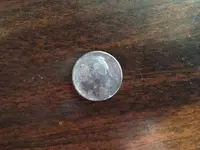
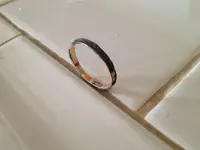
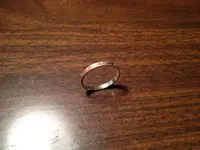
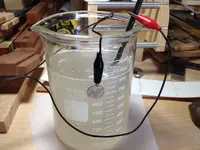
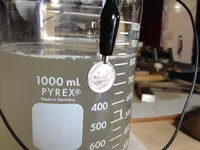
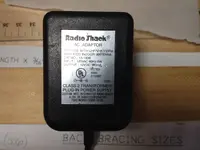
Silver Dime was in the solution for 20 minutes then tooth brushed with liquid soap!
Ring was in for 2 hours then brushed clean.
Items needed:
1 - carbon rod (amazon.com) 2.00 plus shipping (carbon rod is not toxic unlike the stainless steel anode)
Plastic container (Pyrex Beaker optional) use a 1 - Gal. water bottle!
Arm & Hammer Washing Soda $4.00.
12V charger (free on hand)
Small Alligator Clips $1.00 or less.
For soldering the Alligator Clips you will need a soldering Iron and Lead free Solder. I purchased the Pyrex beaker online for $15 shipped but everything else I had on hand.
Electrolysis cleaning is awesome and cheap! Please use in a ventilated area! Negative clip goes on coin or object. Positive clip goes on carbon rod.
Best of Luck
Rusty






Last edited:






